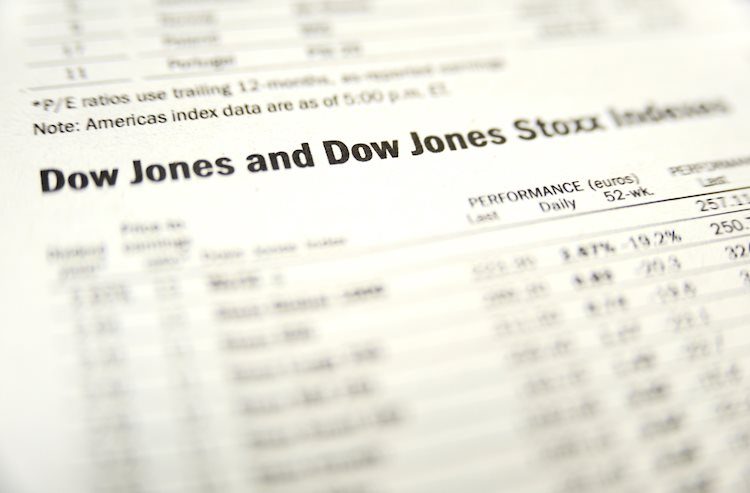The Dow Jones Industrial Average (DJIA) experienced a significant drop on Thursday due to worsening economic activity figures, causing concerns about a potential economic downturn. Investors were initially hopeful for interest rate cuts, but those hopes were dashed as the reality of a possible recession loomed. The US Initial Jobless Claims and the ISM Manufacturing PMI both painted a bleak picture of the economy, with jobless claims rising and manufacturing activity plummeting to an eight-month low.
On the flip side, ISM Manufacturing Prices Paid saw an unexpected acceleration, indicating higher input prices for manufacturers despite the decline in activity. The upcoming US Nonfarm Payrolls (NFP) data for July will be crucial in providing more insights into the health of the US labor market. With markets already pricing in rate cuts from the Federal Reserve (Fed), any negative surprises in the NFP data could further complicate the delicate balancing act between economic realities and rate cut expectations.
Investor sentiment has taken a hit as the majority of securities listed on the Dow Jones equity index were in the red on Thursday. Boeing Co. suffered a significant decline after reporting a net loss in the second quarter, contributing to the overall negative sentiment. Despite the recent downturn, the Dow Jones is still trading above key moving averages, indicating a bullish trend that has been in place since last year.
The Dow Jones Industrial Average (DJIA) is a price-weighted index comprised of 30 of the most traded stocks in the US. Created by Charles Dow, the index has faced criticism for not being representative enough due to its limited number of conglomerates. Various factors, including corporate earnings, macroeconomic data, and interest rates set by the Fed, play a role in driving the performance of the index. Dow Theory, developed by Charles Dow, is a method for identifying the primary trend of the stock market based on the movement of the DJIA and the Dow Jones Transportation Average.
Traders have different options for trading the DJIA, including ETFs, futures contracts, options, and mutual funds. ETFs like the SPDR Dow Jones Industrial Average ETF (DIA) allow investors to trade the index as a single security, while futures contracts and options provide speculative opportunities. Mutual funds offer exposure to a diversified portfolio of DJIA stocks, making it easier for investors to invest in the overall index. As the markets continue to grapple with economic uncertainties and rate cut expectations, it is essential for investors to stay informed and monitor key data points like the NFP report.











